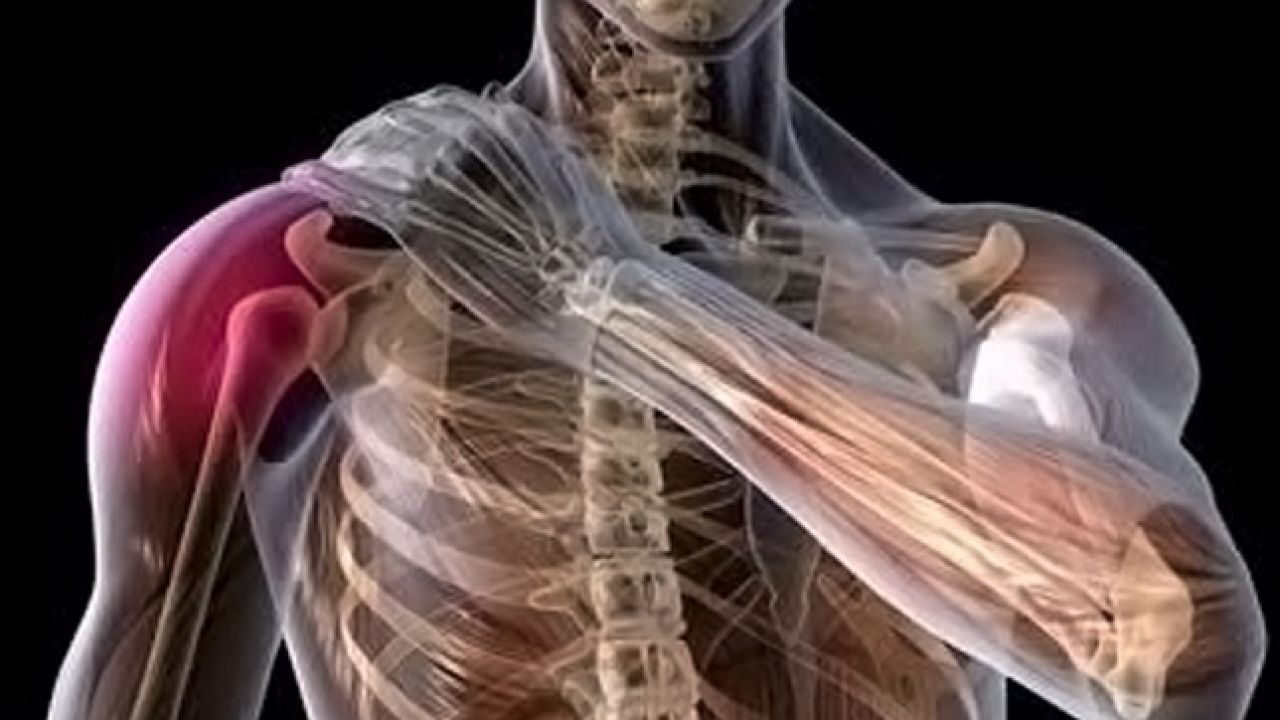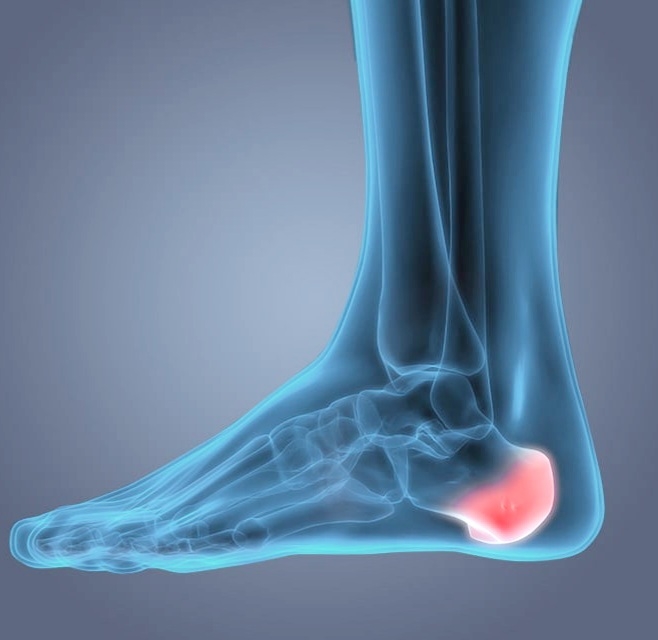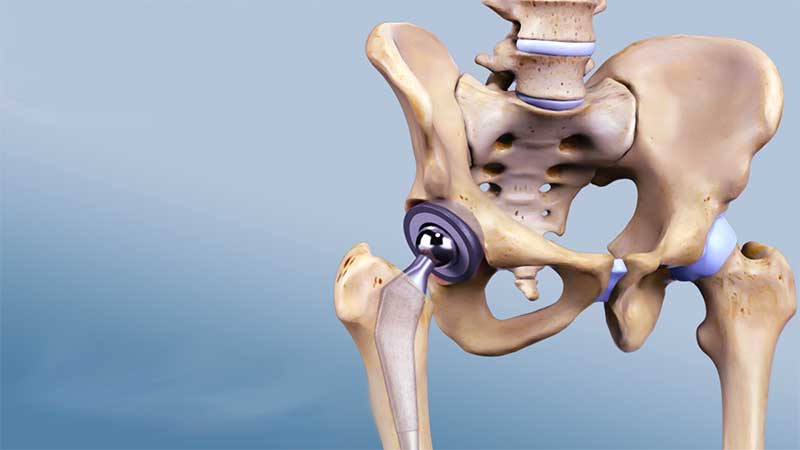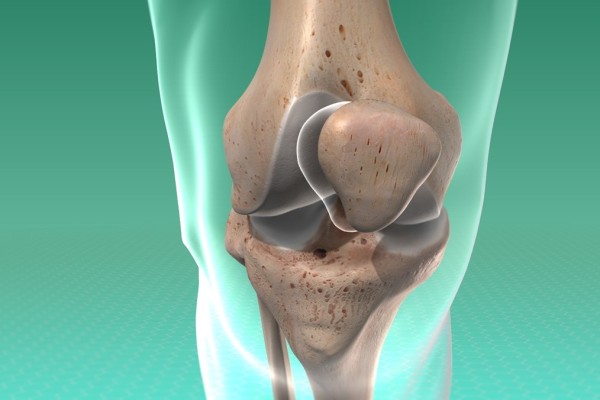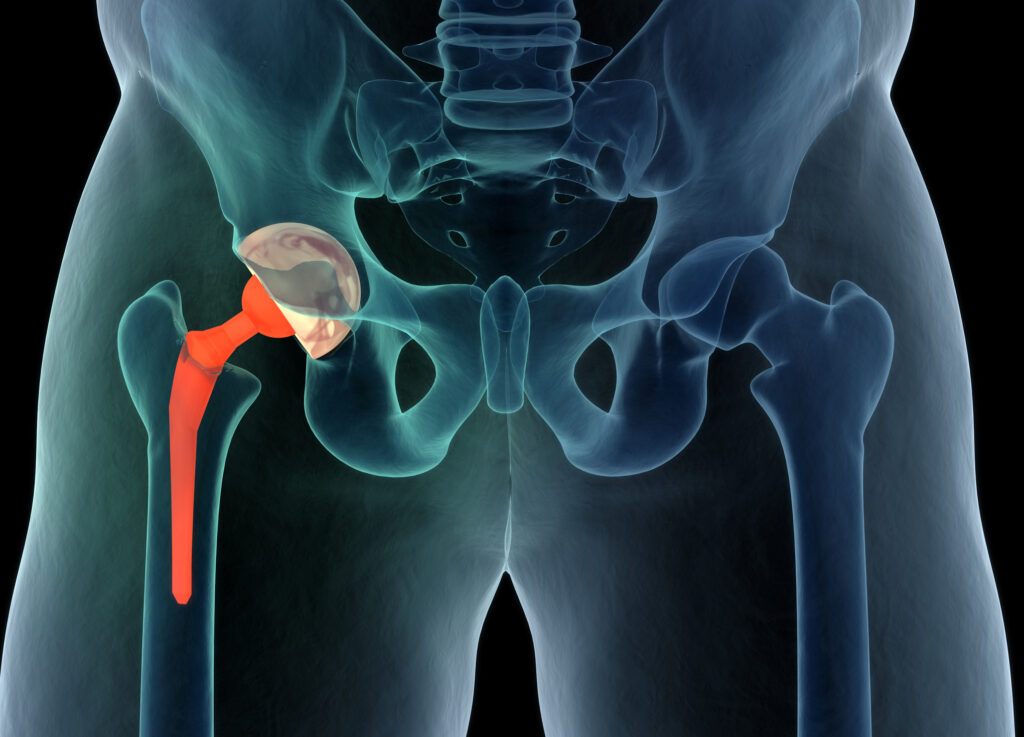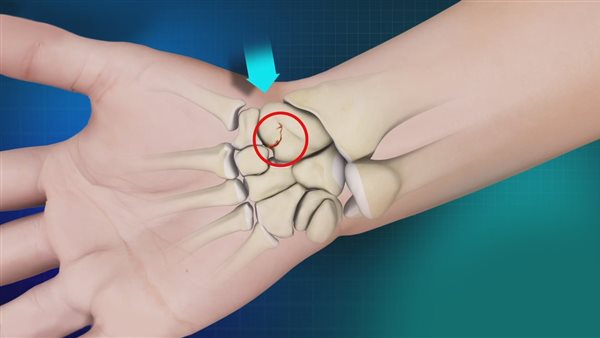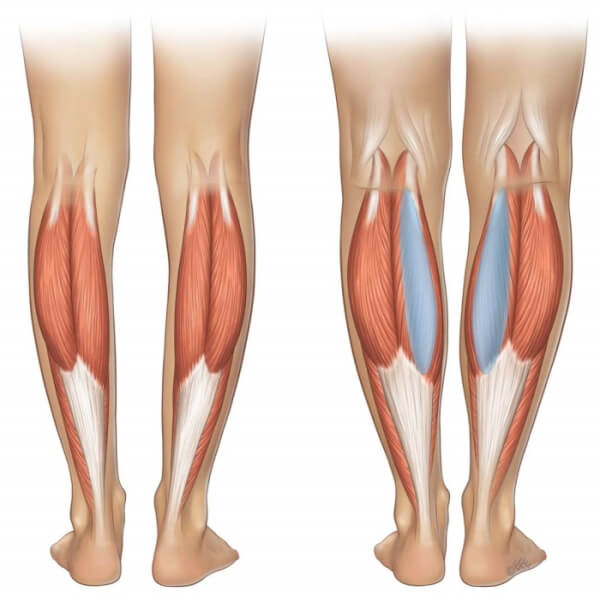Dr. Amr Amal specializes in treating the zygomatic bone. What is the cost of the procedure he performs?
Dr. Amr Amal specializes in the treatment of the zygomatic bone. Many of us may not have heard of the zygomatic bone before and the problems associated with it. In this article, we will learn about the concept of the zygomatic bone, the causes of fractures in it, and shed light on how the zygomatic bone procedure is performed and the results it entails. So, stay with us to learn about everything that is new.

Dr. Amr Amal for the Treatment of Zygomatic Bone
The zygomatic bone is a painful and bothersome health issue that affects the quality of life for those who suffer from it. Fortunately, there is a renowned expert in the treatment of this disorder, Dr. Amr Amal. He is considered one of the globally recognized doctors who provide high-quality medical care to patients with this condition. With his extensive experience and success in diagnosing and treating zygomatic bone cases, he has earned international recognition in this field.
Dr. Amr Amal is a teacher in this field, explaining the nature of the disease, its causes, and the symptoms that patients may experience. He employs the latest medical techniques and technologies in diagnosing zygomatic bone cases and offers appropriate treatment options.
Key features of Dr. Amr Amal for zygomatic bone treatment include:
- High medical skills and a unique ability to provide comprehensive care and expertise in zygomatic bone treatment.
- Utilization of the latest medical techniques and tools in diagnosis and treatment, increasing the success rate of medical procedures.
- Accurate diagnosis of the patient’s condition and clear, understandable symptom descriptions.
- Diverse treatment options tailored to the individual case of each patient.
- Collaborative teamwork with other medical team members, ensuring comprehensive and integrated care for patients.
What is the Zygomatic Bone?
The zygomatic bone is one of the eight small bones in the wrist and receives its blood supply through the radial artery. Fractures of the zygomatic bone are common and significant injuries that must be treated correctly to avoid affecting hand activity, skill, and efficiency.

Where are the Zygomatic Bones Located?
The zygomatic bones are one of the eight small bones in the wrist, located beneath the thumb and shaped like a small bean. They are often referred to as “zygomatic” due to their resemblance to a small bean, hence the name. In most cases, fractures in the zygomatic bone occur in the middle of the hand, and these fractures are divided into displaced fractures, where the bones move out of their position, resulting in gaps between the bones. In contrast, non-displaced fractures involve keeping the bones in their original position, aligning them evenly.
What Causes Fractures in the Zygomatic Bone?
Fractures in the zygomatic bone occur due to falling on the hand when the palm is extended, causing a significant portion of the body’s weight to land on the hand. It is also possible to experience a fracture at the end of the radius bone in this situation. The type and location of the fracture depend on the position in which the person falls. Additionally, these fractures can result from sports activities or specific injuries, such as car accidents. It is advisable for individuals to wear wrist protectors during high-intensity sports, such as ice skating, to prevent these injuries.
Symptoms of Zygomatic Bone Fracture
Many people often confuse the symptoms of a zygomatic bone fracture with the symptoms of a joint sprain, which include:
- Severe pain and swelling in the hand along the thumb side.
- Bruising may appear for several days after the injury.
When a patient experiences these symptoms, it is essential to seek immediate medical attention to receive the appropriate treatment and avoid potential complications. In most cases, patients tend to seek medical evaluation several weeks after the injury when they feel persistent pain and have difficulty moving the wrist.

How to Diagnose Zygomatic Bone Fracture
Several diagnostic options greatly assist in identifying zygomatic bone fractures, including:
- X-rays: X-rays are highly effective in determining the presence of fractures in the zygomatic bone or other bones. They can also reveal if there is a displacement of the broken bones from their proper position.
- CT Scan: CT scans help identify zygomatic bone fractures and any bone displacement, aiding in the development of a successful treatment plan.
- MRI (Magnetic Resonance Imaging): MRIs can detect zygomatic bone fractures before resorting to X-rays.
What is the Treatment for Zygomatic Bone Fracture?
To treat a zygomatic bone fracture, the physician depends on the fracture’s location, the time elapsed since the injury, and whether there is bone displacement. Treatment options may include:
- Immobilization with a Splint: This is one of the effective treatments if the patient receives immediate treatment after the injury. It involves wearing a splint for a period ranging from 6 to 12 weeks. The splint can be removed once the fracture has fully healed, as determined by X-rays.
- Surgical Treatment: Surgical intervention is necessary if the fracture occurs near the thumb or if there is bone displacement or delay in receiving treatment. Surgery helps realign the bones until they fully heal. A splint may still be used for 8 to 12 weeks after surgery.
- Surgical Treatment for Non-Union Bones: If a significant time has passed since the fracture occurred, and the bone has not healed, bone graft surgery may be necessary. This is also considered if the bone ends are far apart or if there is insufficient blood supply to the area.
- Bone Stimulation: This method involves using specific medications or exposing the affected area to ultrasound waves or low-level electrical currents. It is used in cases of non-union fractures that occur shortly after the initial fracture, when the bone ends are close to each other, or when there is good blood circulation to the affected area.
- Physical Therapy: This therapy continues for up to two or three months after splint removal and aids in regaining movement and strength in the wrist and surrounding muscles.
For more details regarding non-surgical treatment of zygomatic bone fractures, we recommend reading the following article.

Duration of Zygomatic Bone Treatment
“Have you suffered a zygomatic bone injury? Consult with Dr. Amr Amal, an expert in diagnosing and treating complex cases, and receive exceptional care and a personalized treatment plan tailored to your needs.”
If a person receives the appropriate treatment for their zygomatic bone fracture, the duration required for the bones to heal typically ranges from 8 to 12 weeks. This depends on early diagnosis of the condition and the zygomatic bone being in a good position with the broken parts closely aligned and immobile.
What are the Complications of Zygomatic Bone Fracture?
There are several complications that can result from a zygomatic bone fracture, including:
- Improper bone healing, leading to difficulty in joint movement and pain.
- Delayed bone healing, where the bones do not fully heal after four months of splint placement, or they may not heal at all, resulting in separation of the broken bones of the zygomatic bone.
- Post-traumatic arthritis: A zygomatic bone fracture may increase the risk of developing joint arthritis.
- Avascular necrosis: This is a condition where tissues within the bones die due to inadequate blood supply. It can occur in individuals who have suffered a zygomatic bone fracture and can lead to the collapse of the zygomatic bone or parts of it. Avascular necrosis is typically diagnosed through X-rays several months after the injury.

Zygomatic Bone Procedure
“Benefit from Dr. Amr Amal’s expertise in providing advanced treatment for zygomatic bone injuries. He will offer you innovative and comprehensive treatment options to effectively alleviate pain and improve your condition.”
If an individual sustains a zygomatic bone injury that requires surgical intervention to attempt to reconnect the broken bones and restore the zygomatic bone to its natural position, the bones are then fixed using medical screws. Afterward, a splint is applied for a period of up to three months. In this procedure, the specialized medical screws are used by the doctor to secure the zygomatic bone, helping the bones heal properly.
If the condition is diagnosed late after the fracture occurs, immediate surgical intervention is needed to clean the fracture area and remove fibrous membranes that may have formed after the fracture. After this, a bone graft is placed, which is typically taken from the patient’s own hip bone.
Post-Zygomatic Bone Procedure Care
“After undergoing surgery, the patient is fitted with a splint for a minimum of 6 months or until the bone has fully healed. The duration is determined by the doctor based on the patient’s condition. During this period, the patient should avoid lifting, carrying, pulling, or pushing heavy weights or exerting excessive force on the affected hand.
The patient is advised to consume a diet rich in calcium, proteins, and vitamins to promote bone health. Additionally, undergoing physical therapy is recommended to enhance mobility and sensation in the hand.

Zygomatic Bone Exercises
Zygomatic bone exercises are crucial in the treatment of zygomatic bone fractures. After the zygomatic bone is stabilized and a splint is applied, the patient will learn specific exercises to improve movement in the injured wrist and regain strength and flexibility in the muscles and ligaments surrounding the bone. These exercises include:
- The first exercise involves gently squeezing a ball with the injured hand to move the joints and increase muscle strength.
- The second exercise requires the patient to hang the injured hand from the edges of their body and gradually lift the hand’s weight and then lower it back to its original position.
- The third exercise involves securing the patient’s fingers against their body and then slowly raising the injured arm upward while maintaining the fingers’ position.
If the patient diligently follows these exercises, it will help them regain natural hand movement, reduce pain and swelling, and following the doctor’s instructions and adhering to the exercise schedule will make the treatment highly effective.

Rehabilitation After Zygomatic Bone Procedure
“Consult with Dr. Amr Amal for zygomatic bone treatment and experience excellent medical care. He will provide you with a comprehensive treatment plan, including appropriate treatments and rehabilitation sessions to improve your condition and promote bone healing.”
The patient should refrain from participating in strenuous sports that involve direct contact or activities that pose a risk of falling on the hand. The patient should avoid smoking, as it negatively affects the recovery process and delays the healing of the zygomatic bone fracture. The patient should be cautious not to use the hand for lifting or moving heavy objects.
Tips for Home Care After a Zygomatic Bone Injury
There are some tips and instructions to be followed for home care for a patient with a zygomatic bone injury, including the following:
- Ensure that the splint is kept in place until the healthcare provider overseeing the patient’s condition removes it.
- Take prescribed medications for pain relief, which may contain paracetamol or ibuprofen.
- To alleviate pain and reduce swelling within the first 24 to 48 hours of the injury, use pillows to elevate the wrist above heart level when the patient is sitting or lying down. Additionally, apply cold compresses to the splint by wrapping them in a towel for 20 to 30 minutes every 3 to 4 hours.
- Remind the patient periodically to move their fingers to maintain normal blood circulation.

Cost of Zygomatic Bone Procedure
The zygomatic bone procedure is considered a costly surgery because it involves MRI scans, X-rays, as well as the cost of the surgery itself. Nevertheless, neglecting the treatment of the fracture can lead to serious complications and higher medical costs in the future.
The cost of the procedure varies from one doctor to another based on the patient’s condition, hospital costs for the surgery, the tools used in the procedure, and the method followed.

